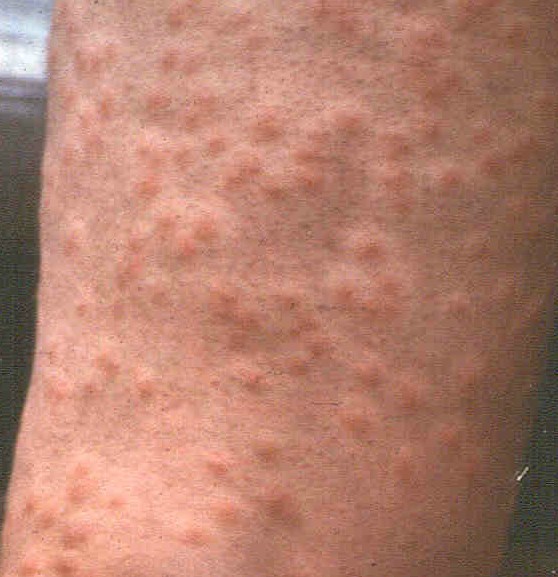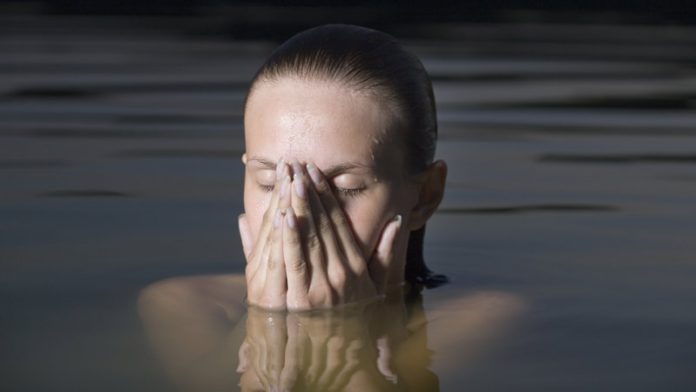

When a swimmer leaves the water and the water drops on his/her skin begin to evaporate, the tiny cercariae burrow into the skin in an effort to survive. Even if not all the snails are infected, that can mean millions of cercariae on a typical beach each midsummer day. In some areas snail populations may be as high as 400 per square meter, and one infected snail may release up to 4,000 cercariae per day. Wind and currents have been shown to carry cercariae as much as four miles from the area they were released. Swim to the surface to increase their chances of finding a host. Most cercariae are released around midday, and will Has been very warm, problems with swimmer’s itch may begin earlier in Lakes are nearly at their warmest summer temperatures. The release of cercariae typically occurs in late June or early July, when The cercariae are about 2 mm long and barely visible to the naked eye. After 3-4 weeks in the snail, a second free-swimming stage, called a “cercaria,” emerges in search of a primary host (another bird or mammal) to complete its life cycle. The host snails live in all sorts of areas including weedy, rocky, and sandy bottoms. In search of an intermediate host, one of four species of snail that inhabit shallow waters in Minnesota. The adult worm sheds its eggs into the feces of the host, and the eggs are released into the water where they hatch into free-swimming “miracidiae.” The miracidiae swim Swimmer’s itch comes from a microscopic flatworm parasite (schisosome cercariae) that lives as an adult in aquatic birds or mammals, usually waterfowl. If you clear debris, watch the wind direction, don’t feed waterfowl, and most importantly, teach them to dry o ff thoroughly each time they come out of the water, you’ll minimize your children’s risk of getting swimmer’s itch.
Swimmers itch prevention free#
It can be especially difficult to keep children free of swimmer’s itch, because they frequently play in the shallows and often wear their swimming suits for hours as they play in and out of the water. Waterfowl are an important adult host for the parasites and swimmer’s itch outbreaks seem to be associated with people feeding ducks.

Clean beaches of weeds or other debris that have washed up on shore.

Swimming from a raft or pontoon minimizes your exposure. Don’t wade or play in shallow water, especially in weedy areas.Shower with soap and fresh water as soon as possible after swimming.Be sure to dry underneath waistbands and around leg openings of swimming suits. Rub your skin briskly to remove water drops before they begin to evaporate. Dry off as soon as you leave the water.Although even careful adherence to the recommendations may not be 100% successful in preventing an outbreak, you can minimize the extent of irritation and itching. You can reduce the likelihood of suffering swimmer’s itch by following these simple guidelines. There are no reported long-term effects from swimmer’s itch and the parasite that causes it will not survive in humans. About 30-40% of people who come in contact with the parasite are sensitive and experience irritation. The irritation may last from a few days to several weeks, depending on an individual’s sensitivity. It appears on your skin as red, itchy, bite-like welts within several hours of leaving the water. Swimmer’s Itch, technically known as schistosome dermatitis, is a common malady around Minnesota’s lakes during midsummer.


 0 kommentar(er)
0 kommentar(er)
